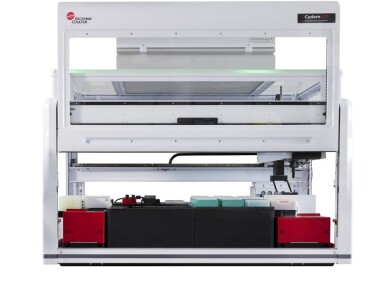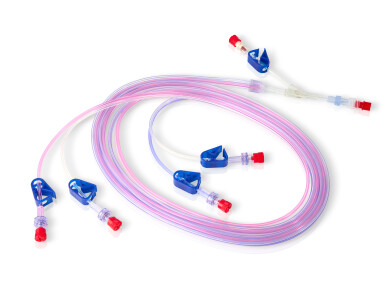Laboratory products
Why Does Sterilisation Matter in Laboratories?
Apr 16 2021
From infectious disease research to microbiological analysis of food products, sterilisation is critical in laboratories of all niches. Designed to kill bacteria, viruses, diseases and fungi, sterilisation prevents the spread of contaminants in both laboratories and the outside world. So why does sterilisation matter in laboratories?
Defining sterilisation
To start, let’s define “sterilisation” and what it means in a laboratory context. The Centres for Disease Control and Prevention defines sterilization as the following:
“Sterilisation destroys all microorganisms on the surface of an article or in a fluid to prevent disease transmission associated with the use of that item.” The CDC adds that “While the use of inadequately sterilised critical items represents a high risk of transmitting pathogens, documented transmission of pathogens associated with an inadequately sterilised critical item is exceedingly rare. This is likely due to the wide margin of safety associated with the sterilization processes used in healthcare facilities.”
To summarise, sterilisation is a highly effective way to kill pathogens and prevent the spread and transmission of contaminants.
Measuring sterility
“Sterile” isn’t a black-and-white term and is instead measured as a probability. This is known as the sterility assurance level (SAL) and calculates the probability of a single undesirable microorganism remaining on a surface after the sterilisation process is complete. Basically, it estimates the effectiveness of the sterilisation process, which is expressed as 10−n.
Now we know more about sterilisation, let’s explore why it matters in laboratories. There are two fundamental reasons why all laboratories must adhere to strict sterilisation protocols. We outline both below:
Preventing the spread of pathogens
A critical role of sterilisation is to kill pathogens and prevent spread and transmission. Sterilisation is especially important in laboratories working with highly contagious diseases and viruses. For example, all laboratories currently researching COVID-19 must comply with strict sterilisation protocols to ensure the virus does not contaminate other surfaces and escape the laboratory.
Protecting the integrity of lab samples and experiments
As well as preventing the spread of pathogens, sterilisation plays an important role in protecting the integrity of laboratory research. Without stringent sterilisation processes in place laboratories risk cross-contamination between samples and experiments, which can compromise research and results.
Used to store and contain materials and samples contaminated with pathogens, Bio Safety Cabinets (BSCs) are a laboratory product with their own unique requirements when it comes to sterilisation. Scenarios where it’s necessary to sterilise BSCs, as well as the different methods used to carry out the process, are explored in further detail by VÍctor Lázaro, representing Azbil Telstar Technologies S.L.U, in ‘Decontamination Methods for Bio Safety Cabinets.’
Digital Edition
Lab Asia 31.6 Dec 2024
December 2024
Chromatography Articles - Sustainable chromatography: Embracing software for greener methods Mass Spectrometry & Spectroscopy Articles - Solving industry challenges for phosphorus containi...
View all digital editions
Events
Jan 22 2025 Tokyo, Japan
Jan 22 2025 Birmingham, UK
Jan 25 2025 San Diego, CA, USA
Jan 27 2025 Dubai, UAE
Jan 29 2025 Tokyo, Japan



















